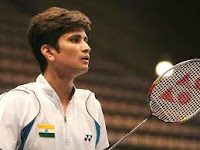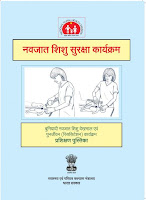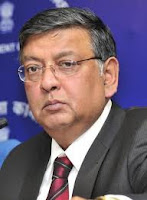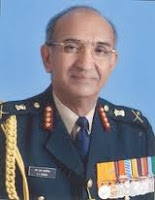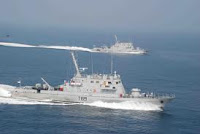Wal-Mart the most successful and biggest retail chain in the world, started with an objective to provide products to the customers at the lowest possible prices, starting its first retail outlet in Rogers, Arkansas(AK), in 1962 by Sam Walton, where the city had only 6000 residents living. Lately Wal-mart has started its presence all over the world which is very much famous in starting its outlets with 100,000-200,000 square foot Super centers.
The strategy behind the growth goal is to,
- expanding into new markets with multiple formats;
- opening new stores in existing markets; and
- increasing sales at existing international stores
What are the Reason for Walmart to enter Germany market?
Germany is the biggest market in Europe and located centrally, strategically thinking that it can expand into other markets in Europe from Germany off late. The enter was by acquiring 21 Wertkauf hypermarkets, which was in need of renovation for new start up and the retail outlets were wholly owned subsidiary of the parent company.
Mistakes/Blunders done by Wal-mart which has forced them to shut down/ closure of its retail stored in Germany.
Ownership: The company had complete ownership and had the flexibility in implementing its own approach for carrying the operations, but it failed to use the best out of it, for example.,
making delays in changing the name of the stores to Wal-Mart.
missed renovating the stores immediately, which has further lead to poor Wal-mart brand image( got an image of run-down stores)
No product/service differentiation maintained compared with competitors.
Lack of awareness of Germany legal system, and fell in a trap of strict zoning laws, thus delayed in opening new stores.
Wal-Mart’s failure to achieve price leadership and because of low profit margins sales forced not to reduce the prices. Further it is illegal to sell below the buying price in country like Germany.
Another major challenge faced by Wal-mart was the cultural differences between American and German consumers, where the customization was not carried properly to the need of the German market making a huge hindrance in the company's success.
Consumer Buying behavior: The consumer buying pattern was not properly assessed for its decisions, for example German people buy items esp.,food in low quantity, but not in bulk. Whereas the walmart stores were carrying huge share of food, which has reduced the operating margins.
Internal Problem: Cultural difference in the internally existed, where the german workforce is asked to follow the American management style practices, which forced the workers to resist the management’s demands.
External Environment/Legal Issues: Not scanning the environmental issues has made walmart to pay a huge price for exploiting the local labor laws which directly impacted by increasing Wal-Mart’s labour costs.
Merchandise Issues: Last but not the least, though the stores were carrying millions of dollar worth goods but couldn't meet the German customers need, as those products were not desired by them.
Wal-Mart has never became a well-recognized brand name in Germany, because of above reason and usually made fun saying in Wal-Mart’s shopping bags were free compared to other stores in Germany. Company departed the country with a small loss.
FYI: Walmart has failed to make its presence in Germany and South Korea.








